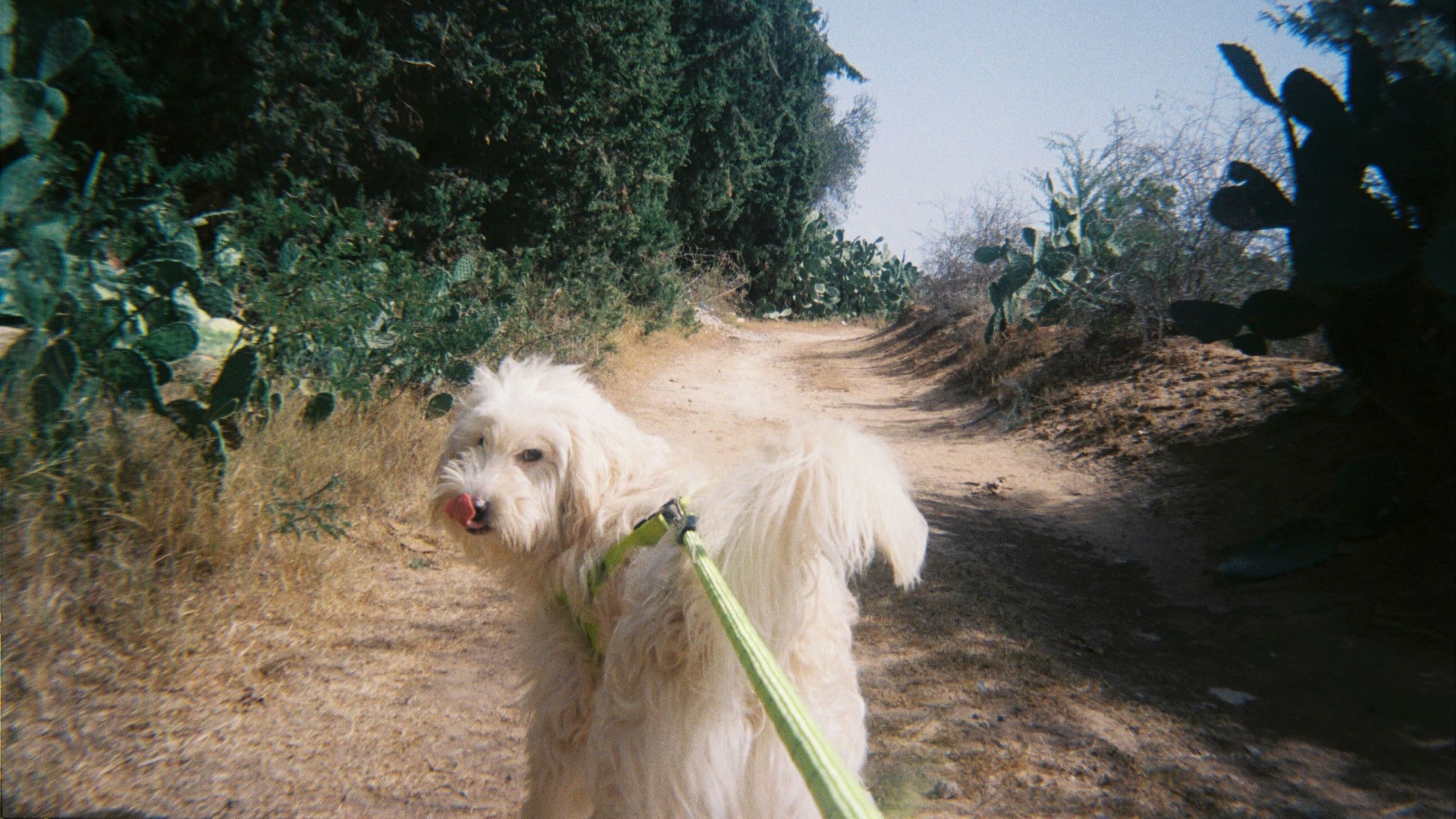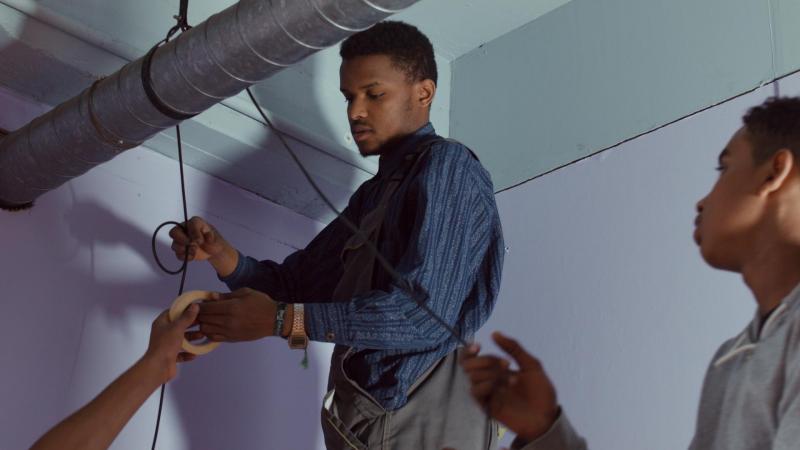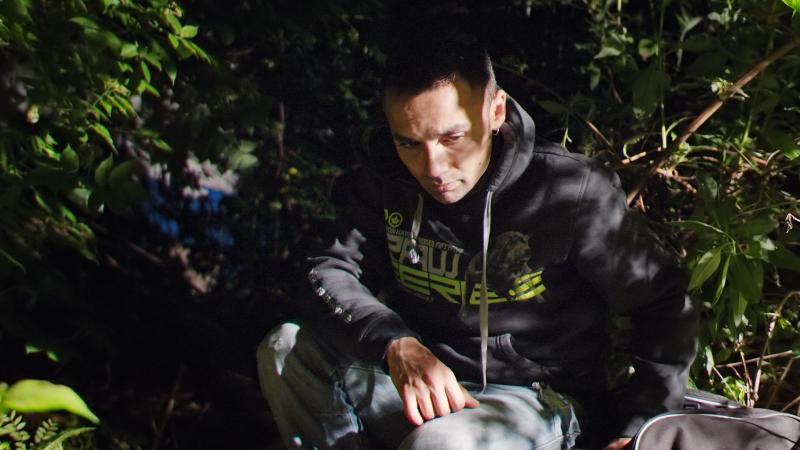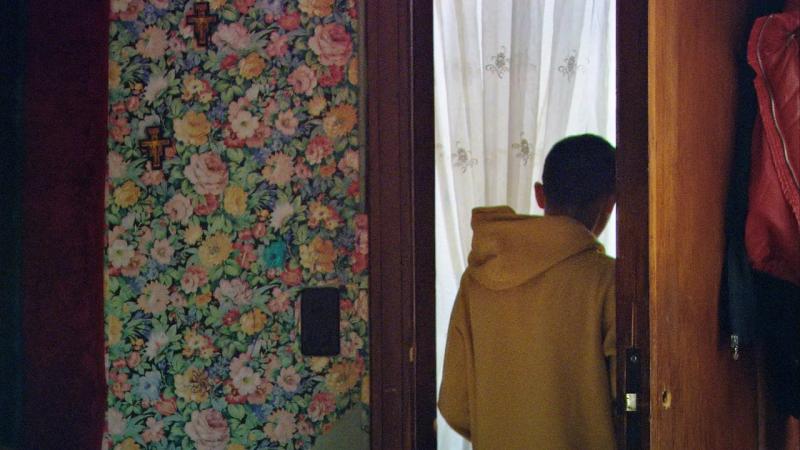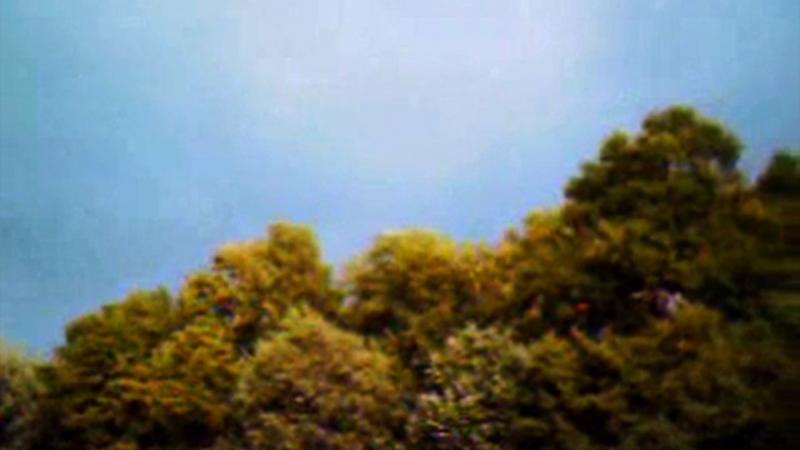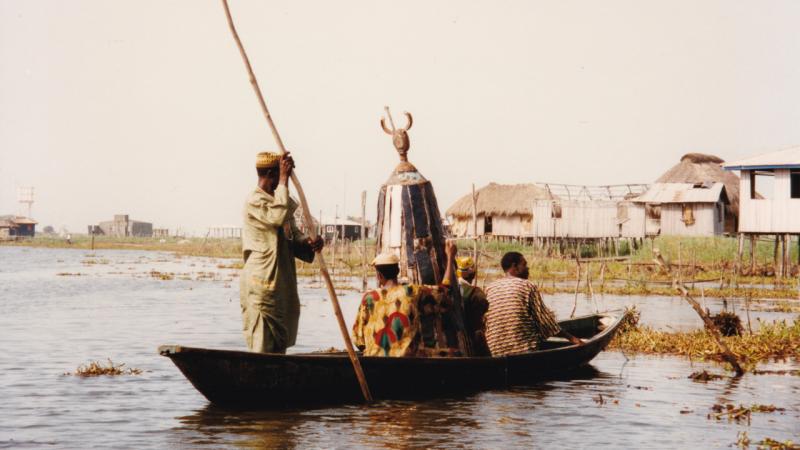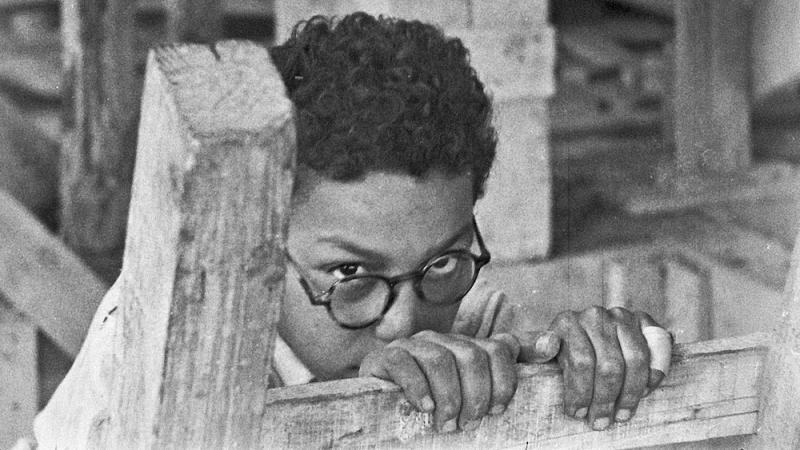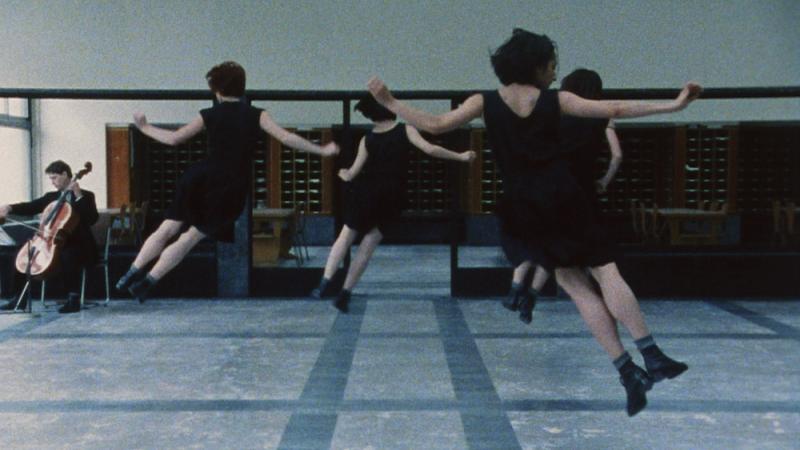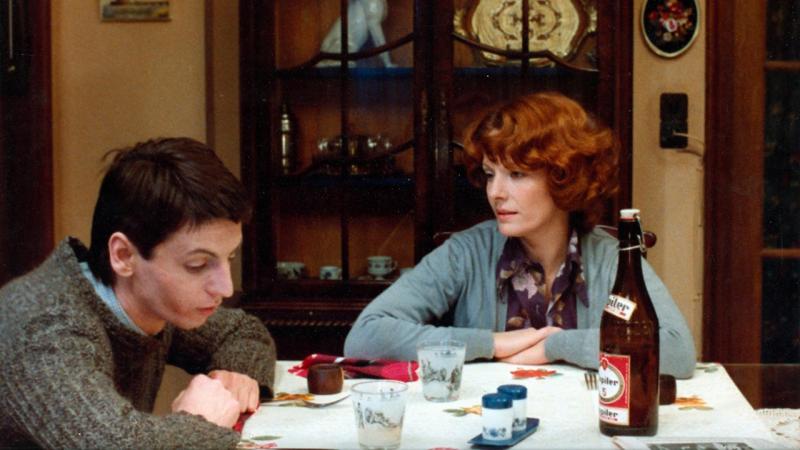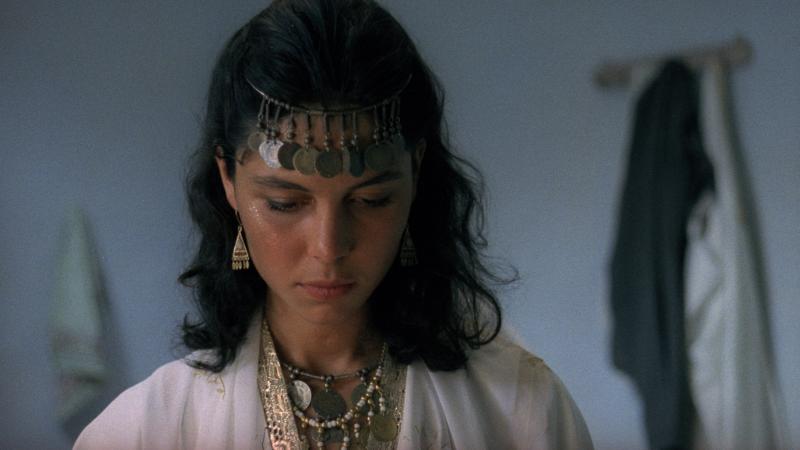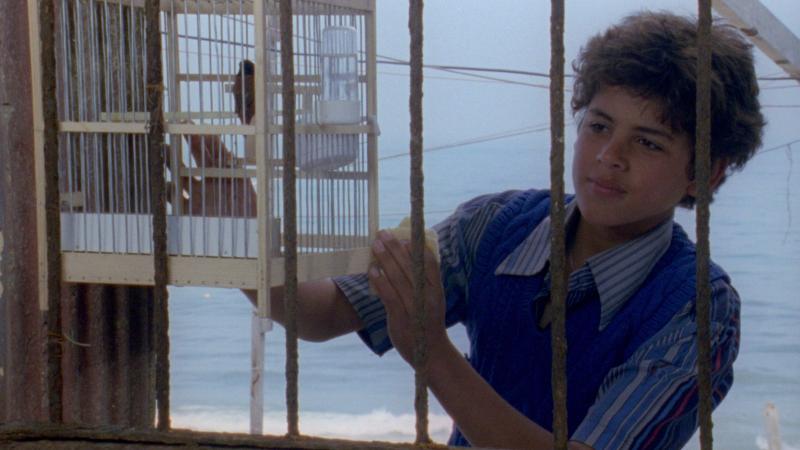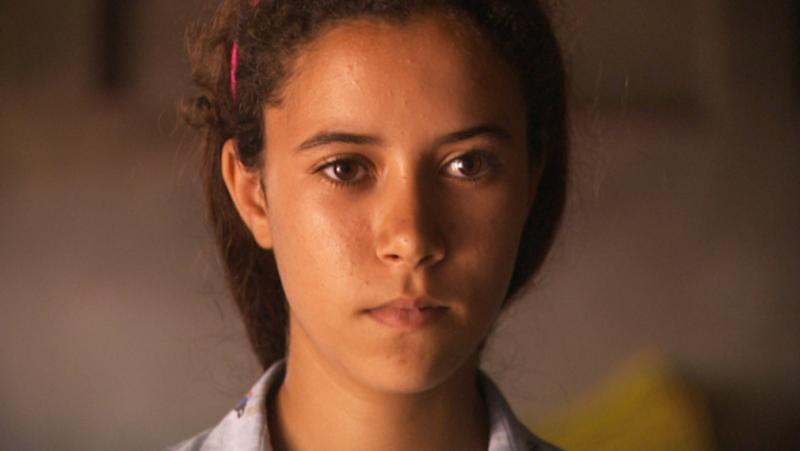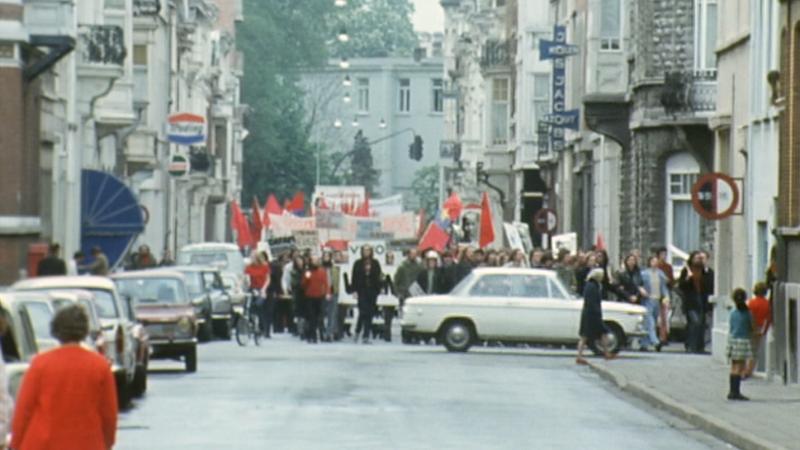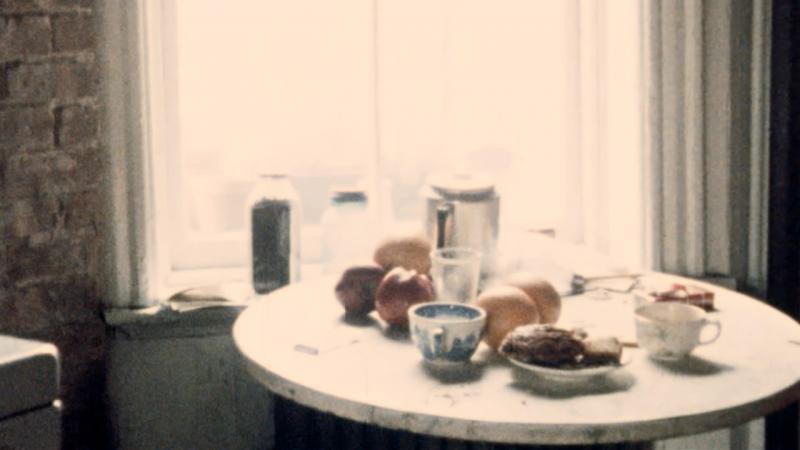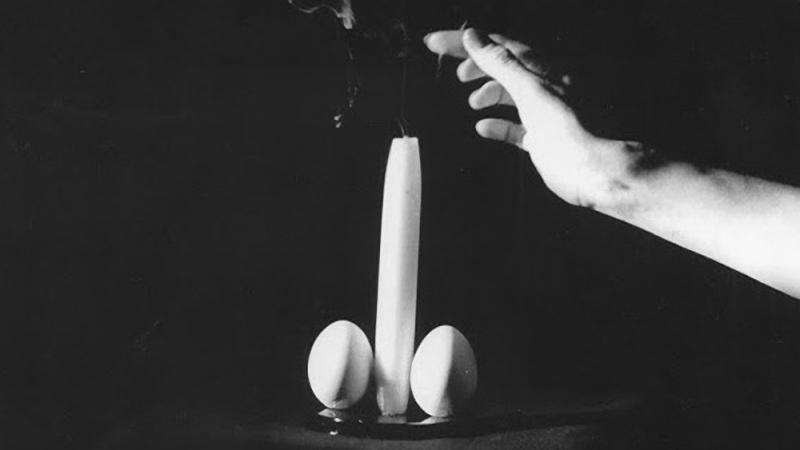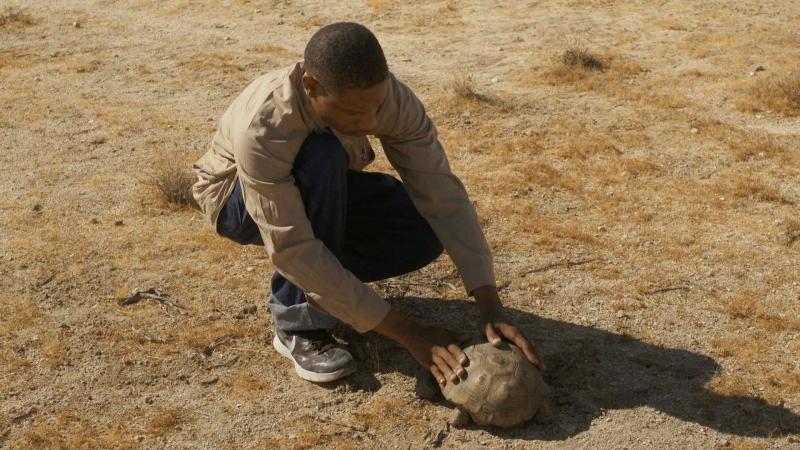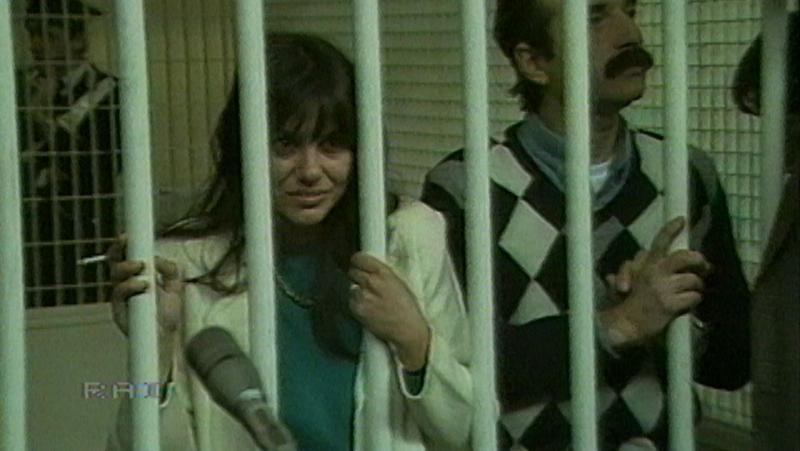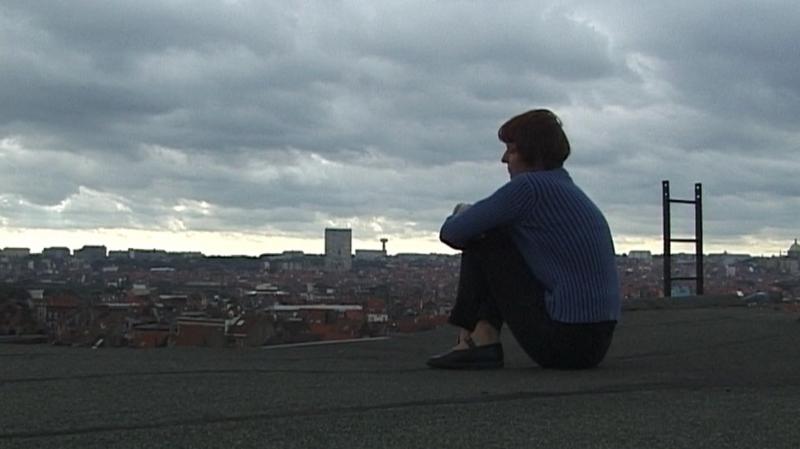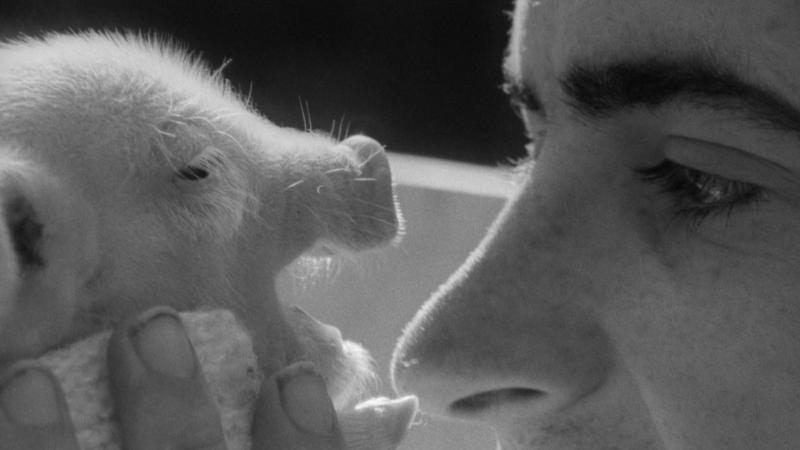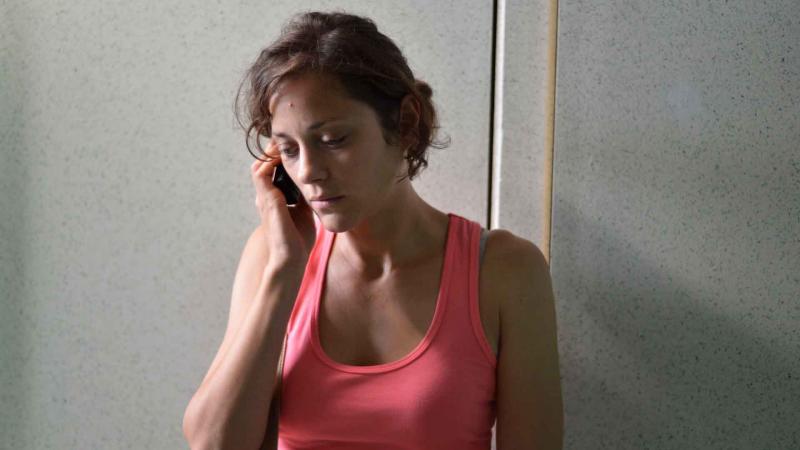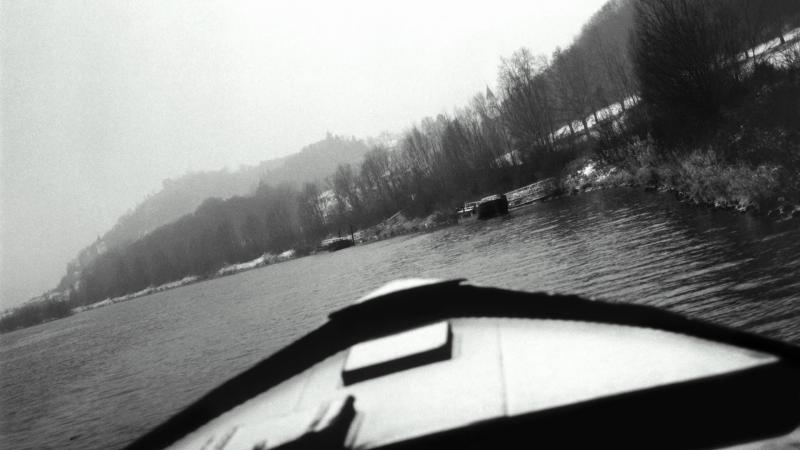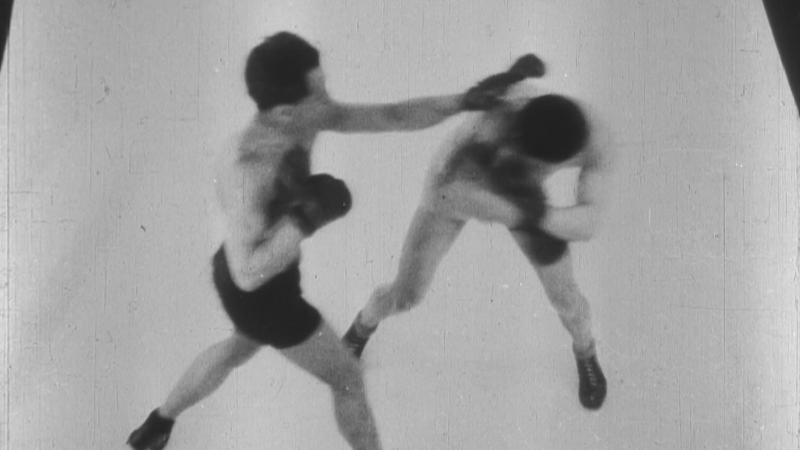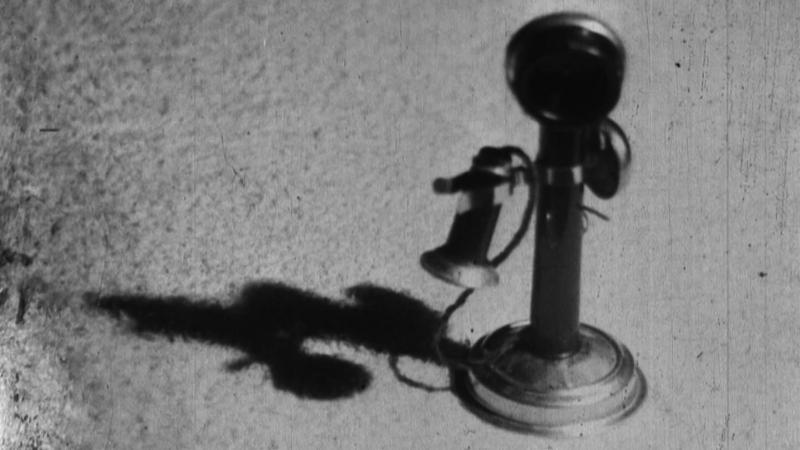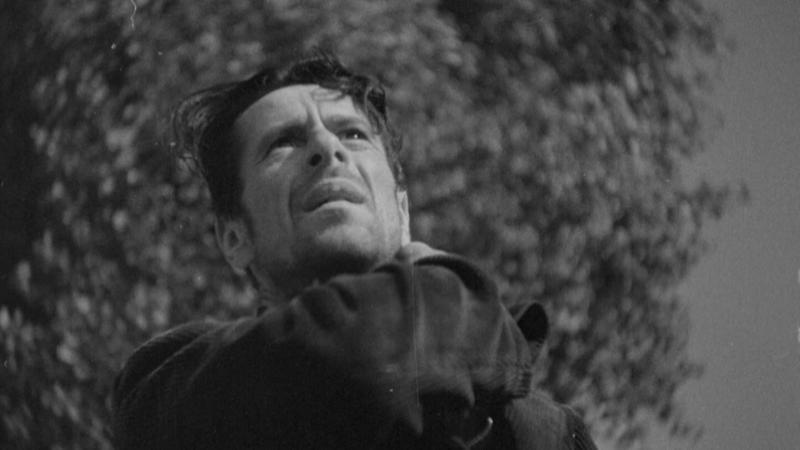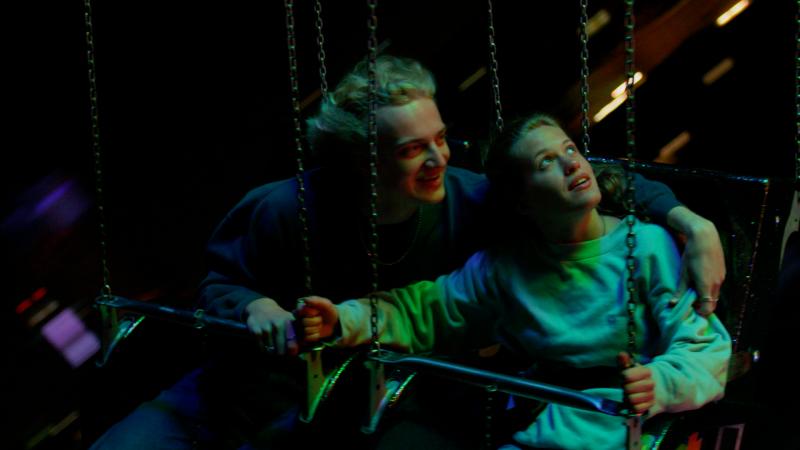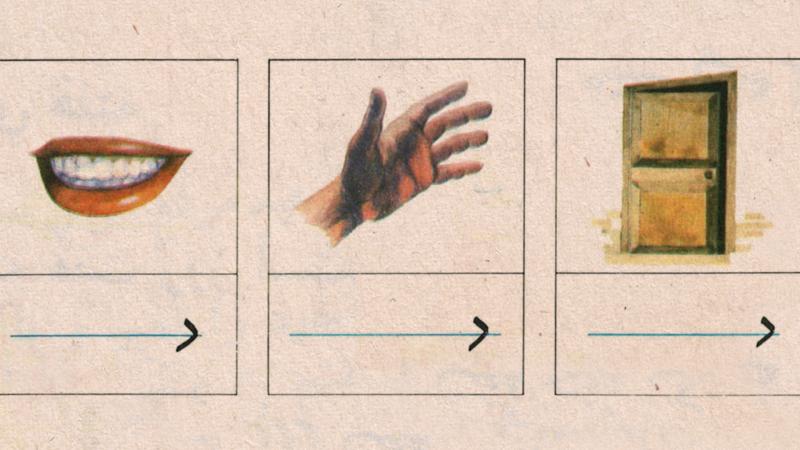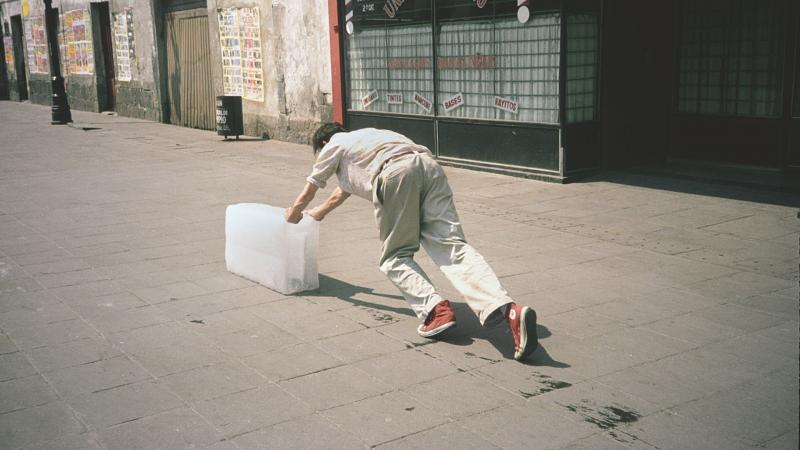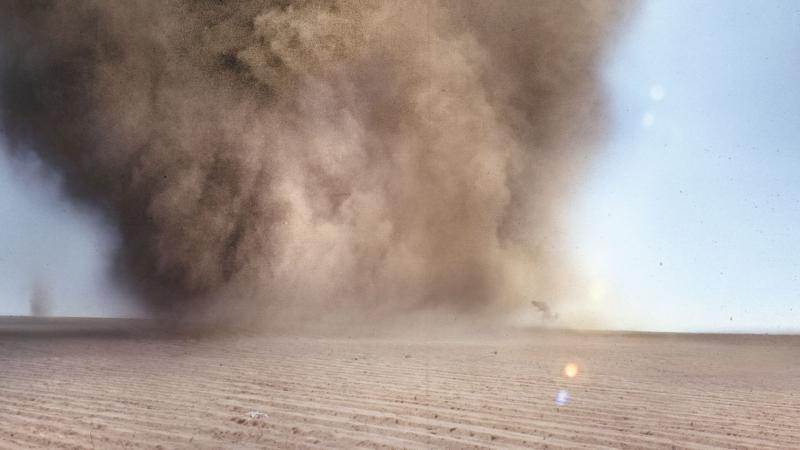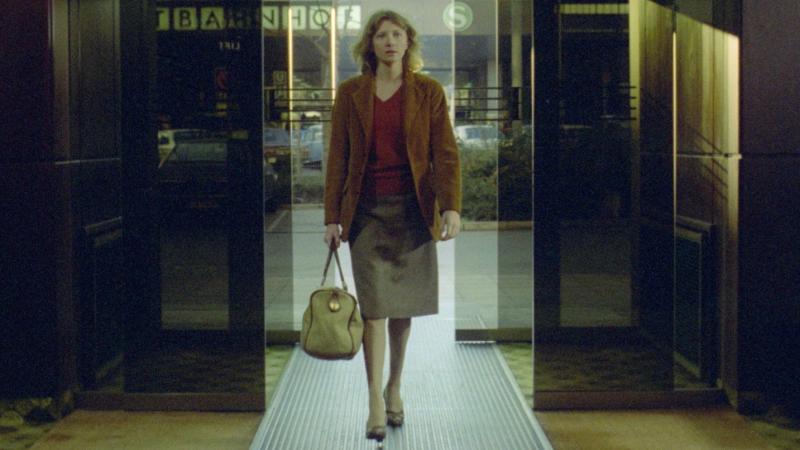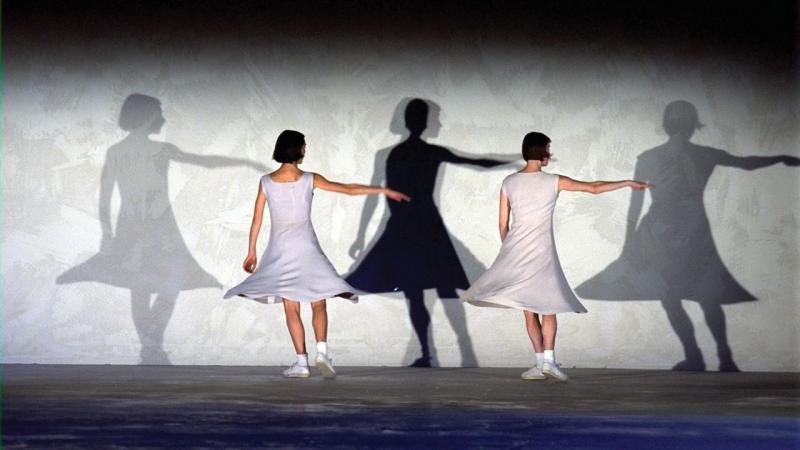
A short film program celebrating the diversity of Belgian cinema, curated with the online film magazine Sabzian.

Four dance films and three documentaries about Anne Teresa De Keersmaeker's dance company Rosas.

A unique anthology from the oeuvre of Polish novelist Witold Gombrowicz. An actor pretends to be a writer while putting words to paper. In a series of tableaux, his texts are performed and a fascinating interplay of words and images ensues.
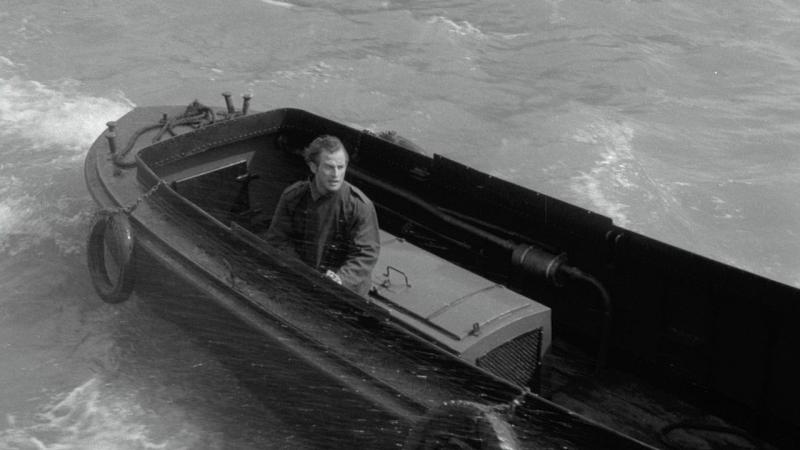
The pessimistic howl of the megalopolis, which tracks the wanderings of a tormented man in the port city of Antwerp through strongly expressionistic imagery. He can only count on the understanding of an orphan and two disillusioned women.

Lawyer Govert Miereveld teaches at a girls' school in a provincial town. He harbours a secret platonic love for his pupil Fran, which plunges him into a downward spiral of mental disorientation. A masterpiece of Belgian magic realism.

Only once a year, the original inhabitants of Ma'loul are allowed to return to their Israeli-occupied village. Khleifi documents how the history of this place lives on in the present: in the memories of the old generations and in the imagination of their children.

In 1952, Marie-Louise Chapelle was the first French woman to reach an unclimbed peak in the Himalayas. Years later, filmmaker Ellen Vermeulen follows in her footsteps. An intimate journey through snow landscapes in which personal ambitions, social constraints, and the complexity of being a woman take center stage.

Hundreds of summons letters arrive at the occupied building of La Voix des Sans Papiers. With care, Kandé and Taslim sort and distribute the letters to the residents, who will later appear in court. In the corridors of the courthouse, the sounds of an occupation echo.

After the death of his mother, a filmmaker reflects on how her passing has changed his way of seeing the world, and revisits how their relationship has made him free. The result is an intimate film, a vibrant collage of colours, textures, and memories, unified by the mother’s gentle gaze.
↓ Coming Soon

